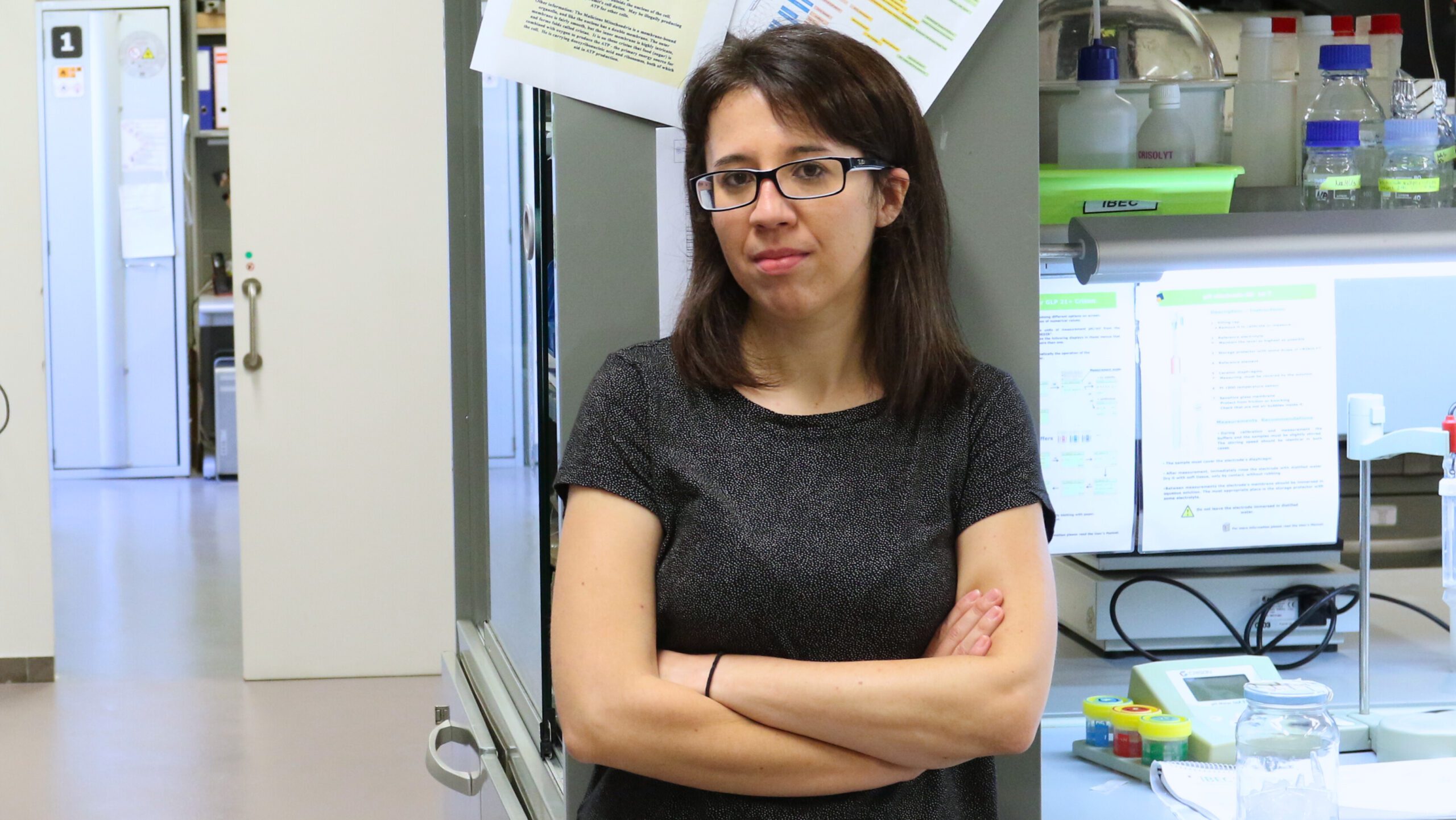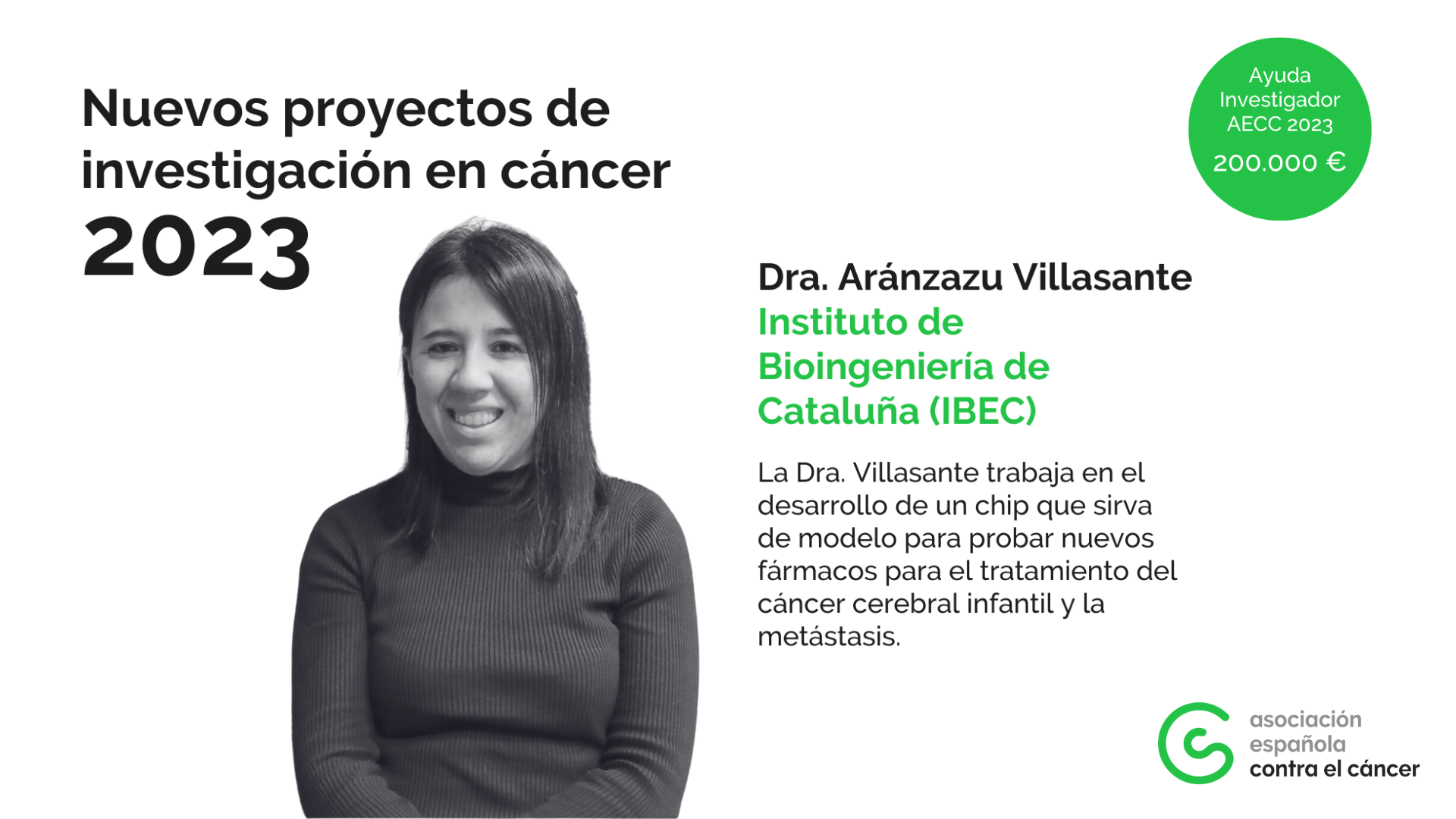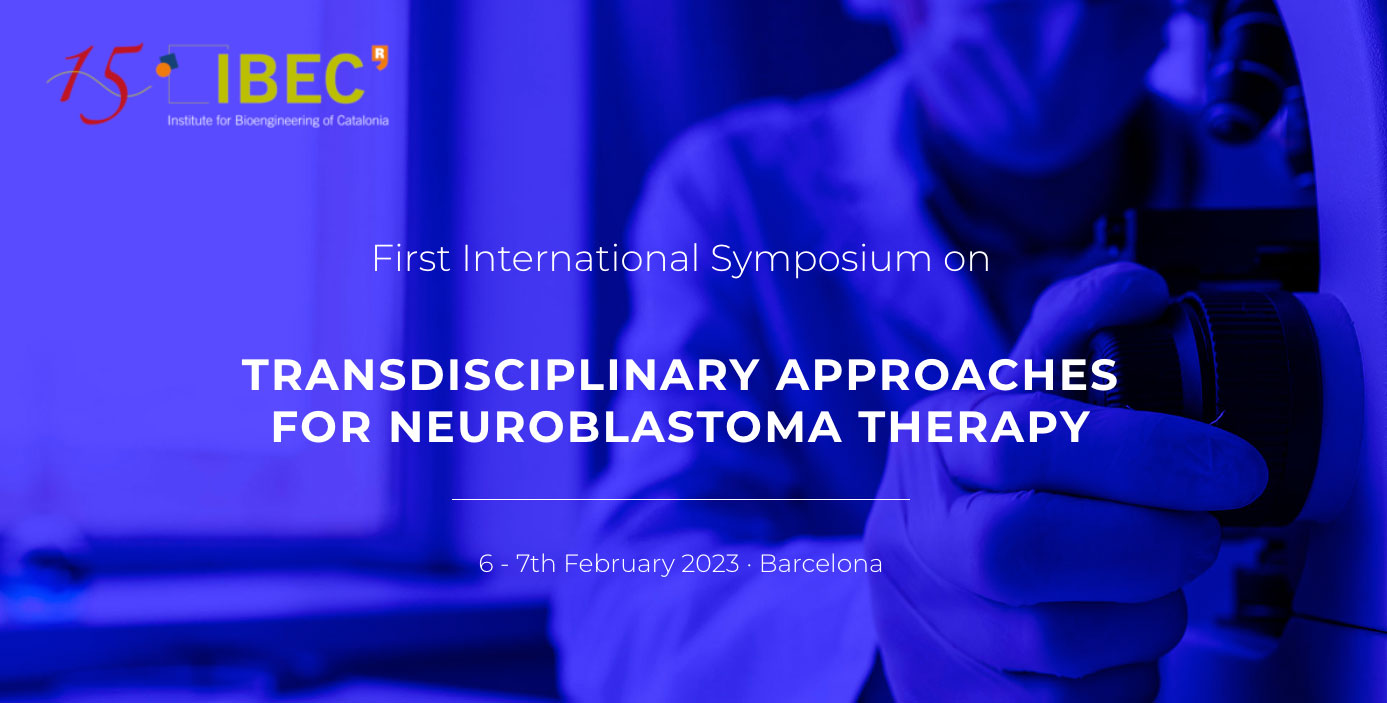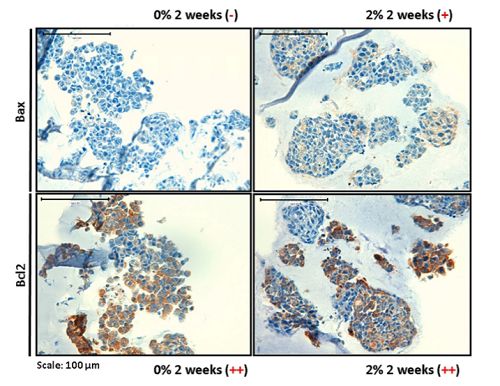A study led by IBEC successfully mimics the complex neuroblastoma vasculature on a chip to explore treatments for this pediatric cancer
Two studies led by IBEC have successfully mimicked the transdifferentiation process of the neuroblastoma vasculature in in vitro models. These models, one in 2D and the other on a microfluidic chip, provide platforms for identifying new biomarkers and designing effective therapies against this type of cancer.





 IBEC contributes to elucidate how the rigidity of the tumor extracellular matrix affects the aggressiveness of neuroblastoma, a cancerous tumor that affects mainly children. This opens the door to generate more accurate models to predict tumor development in patients and to work in the design of new treatments.
IBEC contributes to elucidate how the rigidity of the tumor extracellular matrix affects the aggressiveness of neuroblastoma, a cancerous tumor that affects mainly children. This opens the door to generate more accurate models to predict tumor development in patients and to work in the design of new treatments.